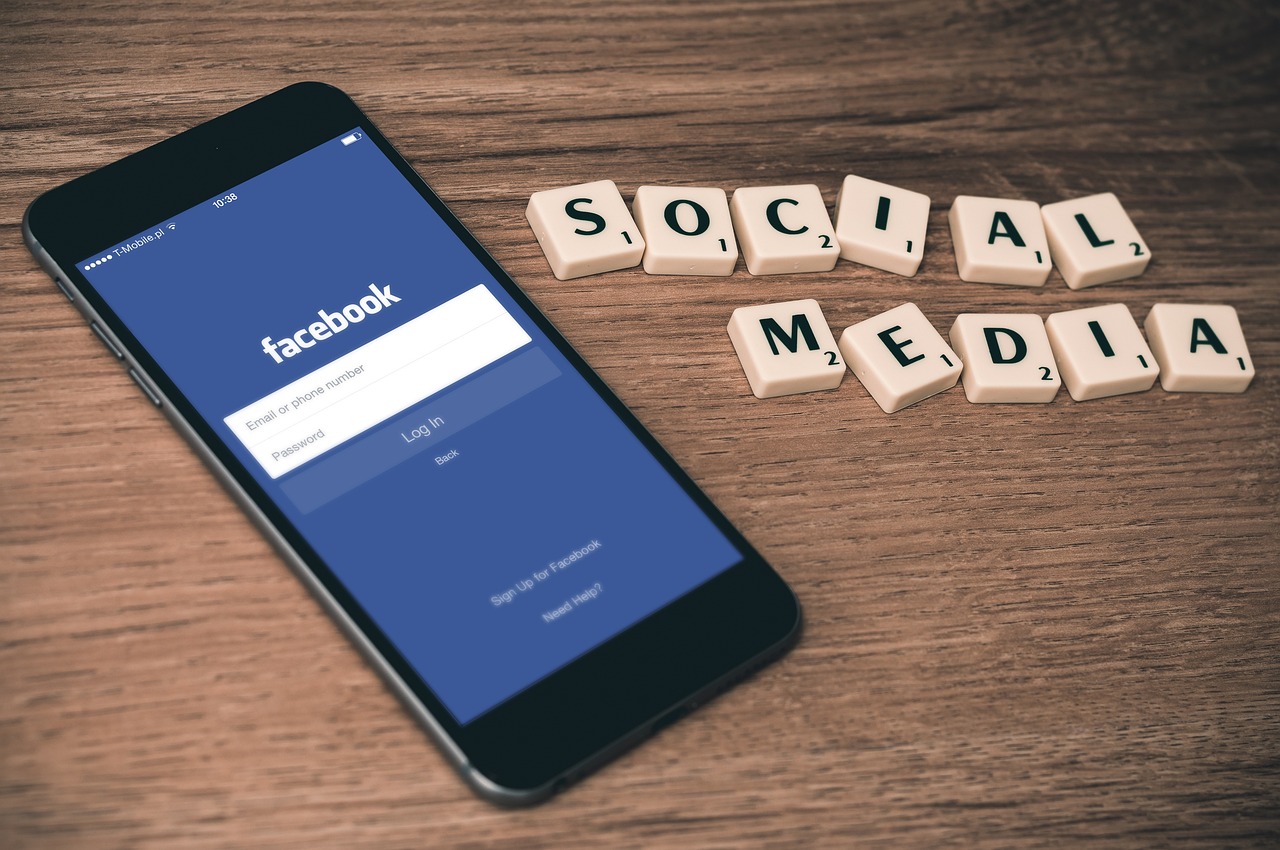Facebook, Twitter, Linked In, and Instagram, among other social media platforms, provide a unique opportunity to reach billions of consumers with your company’s message. They are useful for customers to express their opinion about your brand, and their experiences and interaction with your content. However, where social media integration is concerned, there are two sides to the same coin.
Some threats can result in public relations disasters regarding the ability to grow virally and create consumer loyalty. To optimize their access to customers and their interactions with them, businesses must use appropriate digital marketing tools and toolkits, namely social media monitoring.
What is social media monitoring?
Monitoring entails identifying people’s conversations about your brand, products, competitors, and trends. It allows firms to get insights into consumers and how they perceive their products through market feedback, hence sensing what effect the marketing strategy has on the market. In other words, social media allows companies to gauge customer attitudes, issues, and opportunities where the brand can participate in a dialogue and respond.
5 Ways social media monitoring can drive your business forward
Investing in social media monitoring can propel your business toward growth. Here’s how:
1. Understanding customer sentiment: Social media monitoring tools analyze sentiment, allowing brands to quantify customer feelings and gather insights for targeted marketing. This helps identify brand advocates and enhances ROI. Tools like Determ offer comprehensive solutions for effective sentiment tracking.
2. Identifying trends and opportunities: Staying updated on industry trends is crucial for business growth. Social media monitoring enables early tracking of relevant trends, allowing brands to innovate and anticipate demand surges. Competitor analysis helps learn from others’ successes and failures.
3. Improving brand reputation and customer satisfaction: Effective reputation management through social media monitoring can prevent damage from negative reviews. Brands can address customer feedback proactively and use positive testimonials to enhance credibility. Training programs for staff can further improve customer service.
4. Enhancing engagement and loyalty: Social media engagement boosts brand awareness and loyalty. Monitoring helps identify effective content formats, facilitating two-way communication with audiences and fostering stronger connections. AI-powered tools like Determ can enhance media presence tracking.
5. Facilitating data-driven decisions: Social media monitoring offers insights into marketing performance and customer needs, enabling brands to make informed decisions, refine strategies, and address gaps in sales and marketing efforts. Businesses can also utilize social media reporting tools to analyze their overall performance on various platforms.
Best practices for social media monitoring
To get the most out of your social media monitoring efforts, consider these strategies:
1. Define your monitoring objectives: Set clear goals for social media listening, such as improving customer service, gathering feedback, and tracking hashtags, while ensuring a structured data management approach.
2. Select a suitable tool: Choose a social listening tool that aligns with your budget and needs, weighing the benefits of free versus paid options for deeper insights. Utilizing the best tool can provide valuable metrics to enhance your strategy.
3. Identify relevant keywords: Monitor keywords related to your brand, products, and industry terms, including mentions that may not tag your brand directly for comprehensive coverage.
4. Ensure accurate spelling and punctuation: Track correct spelling and common misspellings of keywords to capture all relevant discussions.
5. Implement required keywords: Use specific keywords to gauge discussions about your brand and compare performance against competitors.
6. Be cautious with long-tail keywords: While long-tail keywords can refine searches, they may exclude relevant results, so include multiple variations for broader coverage.
7. Refine your social listening results: Actively monitor and clean up your data using excluded keywords and manual deletions to ensure actionable insights.
8. Utilize all tool features: Explore all functionalities of your social listening tool, such as metrics and sentiment analysis, to maximize its effectiveness and enhance your social media strategy.
Inspiring social media monitoring examples

Discover how seven brands monitor social media to enhance product innovation, gauge customer sentiment, and manage their online presence.
Hilton
Hilton exemplifies how social media monitoring can mitigate damage to one’s online reputation. By quickly addressing negative feedback, they prevent issues from escalating. For instance, they responded to a dissatisfied customer within 13 minutes, acknowledging the mistake and including a real person’s name in the reply. This proactive approach helps track the impact on customer satisfaction.
Netflix
Netflix shows how monitoring can drive product innovation. They learned viewers were falling asleep during binge-watching sessions by analyzing social conversations. In response, they created smart socks that pause the TV when the wearer dozes off, generating over a billion media impressions.
To leverage customer sentiment for innovation, brands should:
- Analyze sentiments to improve products.
- Involve customers in beta testing.
- Monitor trends to anticipate future needs.
McDonald’s
McDonald’s uses social media monitoring to identify brand conversations. During a campaign for Grimace’s birthday, users shared alarming reactions to a purple shake, using the hashtag #grimaceshake. McDonald’s responded with a witty Instagram post, effectively managing the situation while maintaining a lighthearted tone.
Black Girl Sunscreen
Black Girl Sunscreen effectively tracks untagged mentions to manage its online presence. It engages with users who mention the brand without tagging it, fostering relationships and building community loyalty.
Utilizing social media monitoring tools helps brands discover and engage with customer content, driving loyalty and advocacy.
Conclusion
Most firms and organizations use social media by posting and participating in conversations on the platforms, but to get the most out of these tools, a social media monitoring system is needed. The purpose of this thesis is to analyze the state and identify the direction of social media monitoring systems in the following research questions: EBPM monitoring tools generate knowledge that can help in determining engagement approaches, knowledge production, and marketing in general.

